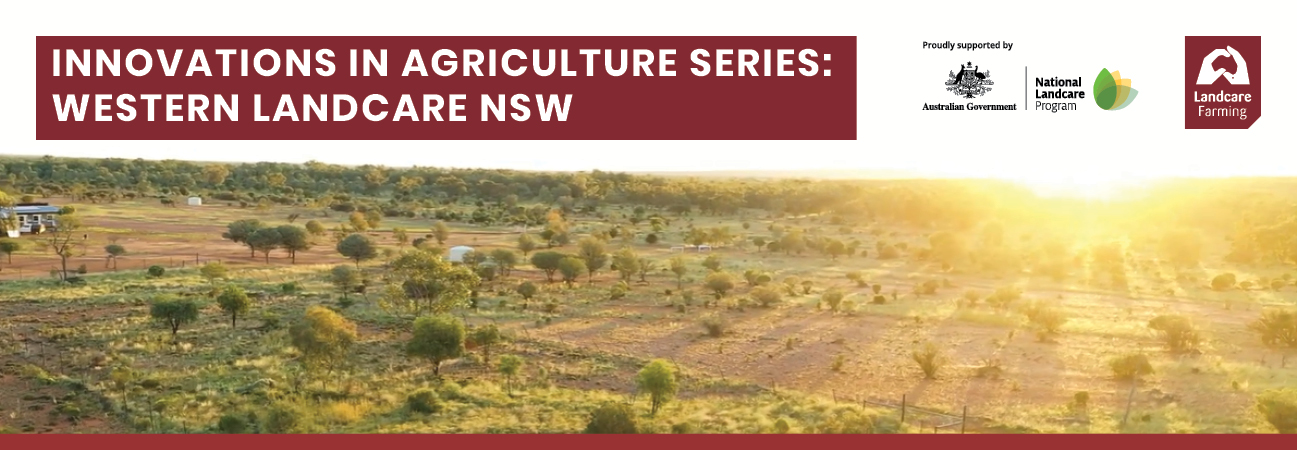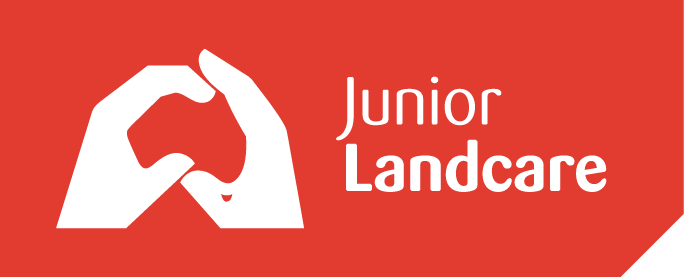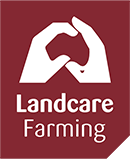
Riding on the goat’s back in the west
When the Australian wool industry collapsed in the late 1980s, western NSW producer John Vagg saw an opportunity and it came in the form of another four-legged animal, but this one was much more compatible with his landscape.
“I named the Merino a leaf eater because they were always eating a leaf out of my cheque book. It was shearing, crutching, wool packs. You know, just one thing after another – dip, chemicals, and then three our four weeks of shearing,” he said.
John didn’t have to go far to find an alternative which better suited the tough conditions of the west. Just to the back paddock. He was already harvesting wild goats but he decided to apply the same principles used in his sheep enterprise – seeking the best genetics, classing for the right type and managing grazing in tune with the growth of the pastures – to goats.
Today, at almost 80 years of age, he said goats have not only been profitable, but easier to run and have allowed him to stay in agriculture.
“I’ve got three pretty good dogs but what I can do here on my own (with goats), I could never do with sheep,” John said.
John farms the 20,000ha Orana Station, 33 kilometres north-west of Ivanhoe, NSW. When the wool price plummeted, John turned to his sheep classer, who worked between South Africa and Australia, to seek support for importing high quality Boer goats.
“He said you’ve got the best goats in the world. They’ve adapted out here. Get in and manage them properly,” John said.
With managing those previously “unmanaged” animals came benefits for the environment. Western Landcare NSW Projects and Business Manager Louise Turner said applying a livestock production system to a previously free ranging animal provides good outcomes for plant species.
“A more managed approach, particularly control of numbers and running animals in fenced areas or as mobs, means better management of total grazing pressure, particularly on remnant vegetation,” she said.
“It also means, in the right situation, the goats can be used to clean up weeds or producers say the browsing of goats on trees and shrubs opens them up to allow light infiltration and pasture growth underneath.”
As a more regimented selling system developed and abattoirs came online, John Vagg implemented a structured joining program and by applying his knowledge of cattle breeding to goats selected a line of animals designed to make profit.
“I didn’t want anything with a pigeon chest or skinny legs. I wanted a solid animal that was ‘put together’, so I selected those and sold off the rest,” he said. For the first three or four years John selected “bush billies” with good structure who carried themselves well.
When markets dictated only short horns on goats destined for live export – to make travel easier – John developed a polled herd in response. At the same time his main herd was becoming more a composite, fast-growing type suitable for processing.
“The polls were weighing heavier than what the horns were. The next year we drafted the polls off again and they were heavier, so then we did the third lot and now they were 2.7kg heavier than their horned brothers,” John said.
At the time the $28 price premium for polled animals edged him towards running more polls than horned and eventually his polled western composite type goats were yielding 44-48% meat, compared with the 41-42% of the original “feral” type animal.
The new composite goat was also running an annual reproduction rate of 320% and up to 190% per kidding. John has found the suitability to the local landscape means a relatively stress-free operation which responds well to climatic conditions, such as drought.
“I’ve still got visions of where I next want to take the enterprise. I’m still enthusiastic, it’s just the body and the knees are letting me down a bit.”
Louise said the development of the goat industry in western NSW has helped producers improve Landcare outcomes with profits helping improve farming infrastructure, waterways and the protection of remnant vegetation.
In 2021-22, the Australian goat industry hit a new high with $296.7 million in exports. Of the goats processed in Australia, 64% come from NSW of which 86% of those come from western NSW.
This case study was produced as part of the Landcare Farming Innovations in Agriculture Series. Supported by the Australian Government’s National Landcare Program, the Landcare Farming Innovations in Agriculture Series is managed in partnership by Landcare Australia and the National Landcare Network.
More Innovations in Agriculture stories from Western Landcare NSW:



